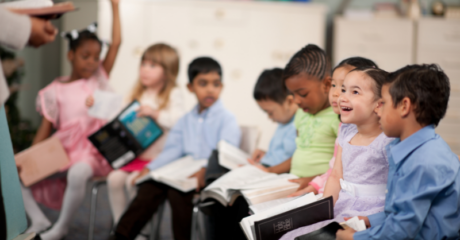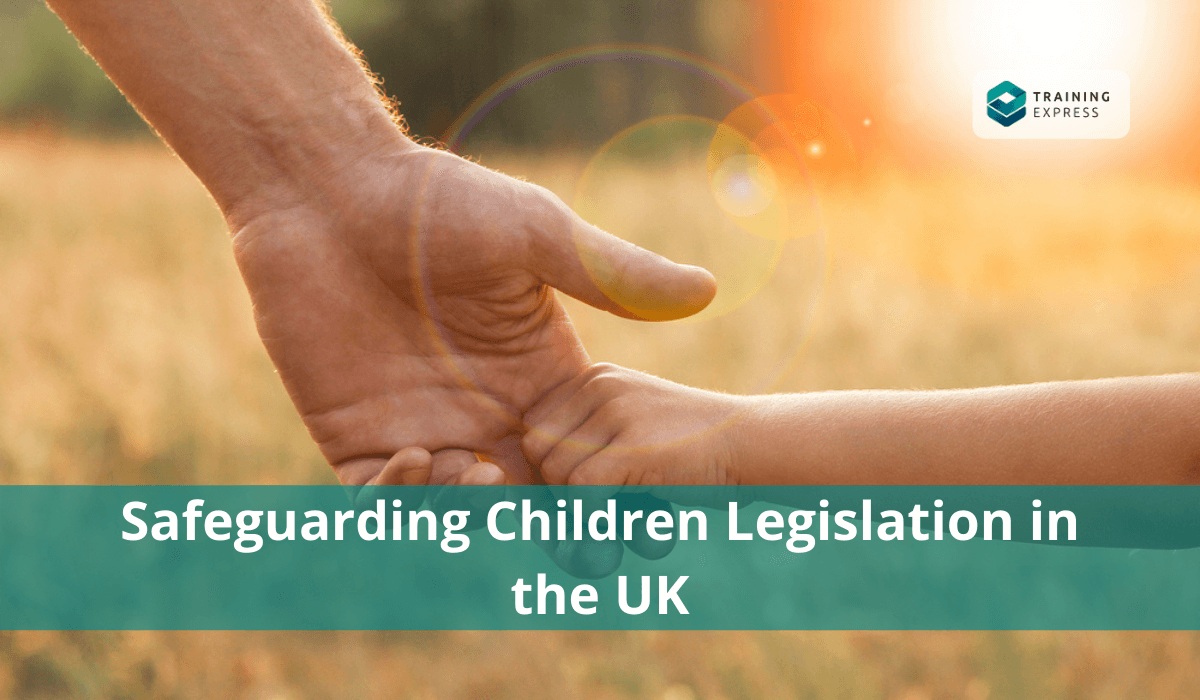The Government’s green paper “Every child matters” led to the introduction of the children act in November 2004.
The children act (2004) created the legal framework to establish the direction for a programme of change in the delivery of services that support children, young people and their families.
The legislation builds on the Children act (1989) but does not change it. It requires local authorities to use a multi-agency approach to assist in the protection of children, making the shared experience more extensive and cost-effective.
It works because different organisations consider different issues, which ensures that through working and communicating together, they do not miss information or evidence that could allow abuse to go undetected.
The Act refers to the term “well-being” which specifies five outcomes. These outcomes pinpoint the areas of a child’s well-being that are considered important, mainly that of the child:

